
From Sim to Reality: How a Piper PA-28 Changed Everything
I was thereWe started talking about airplanes, and I told him I liked flying but had never really flown. He mentioned that he had a YouTube channel—Josh’s Aviation Adventures—and had one of his videos playing on a laptop. Then he said something that changed my life. He put his hands on my shoulders and said, “I’m bored. You want to go fly?”

Lucky to Fly
I was thereFor Serrhel Adams, flying has always been a passion. But when his mother’s health declined, it became a lifeline — a way to be present for the moments that mattered most.
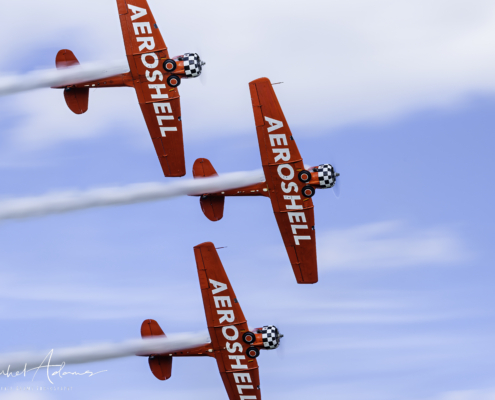
Friday Photo: Aeroshell at AirVenture
Friday PhotoIt was my first trip back to AirVenture in a long time. Watching the airshow with my wife and tens of thousands of others who love all that Oshkosh provides. The Aeroshell Team was and is one of my favorites. The sounds of the radial engines, the massive amount of smoke, and the precision flying form an aerial ballet that touches my soul.

Podcast: Flying for the Joy of It with Serrhel Adams
PodcastIn this episode of the Air Facts Podcast, we talk with longtime contributor Dr. Serrhel Adams about his widely discussed article, Mea Culpa: Confessions of a Joyful Pilot. The piece struck a chord with readers for its honest reflection on why flying should sometimes be about joy—not just procedures and precision.
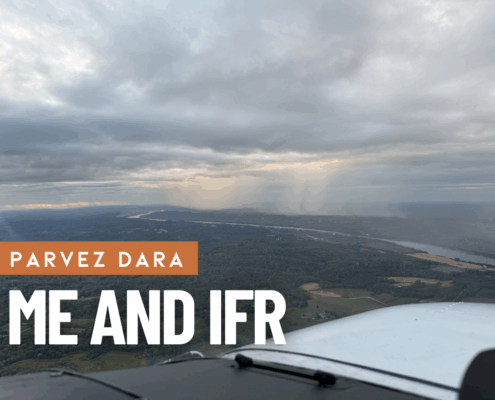
Me and IFR
OpinionDuring another smooth cloudy day, a relative—who shall remain unnamed—asked if I wanted to fly. Weather was marginal VFR; he had his IFR rating. At 3,000 feet, we entered clouds. I panicked briefly, deer-in-headlights style. Calmly, he asked me to hand him his foggles from the seat pocket. Did that give me confidence? Not really. But the flight remained calm and uneventful. He wore view limiters in clouds for comfort—something I couldn’t quite fathom at the time.
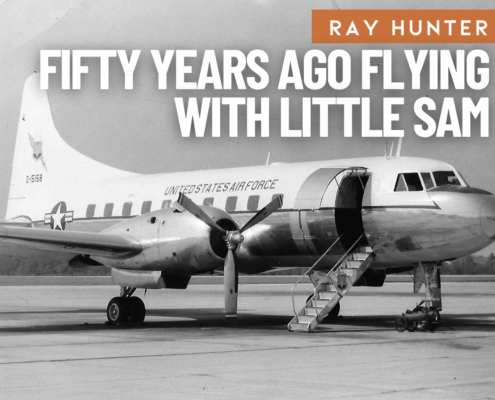
Fifty Years Ago Flying With Little SAM
I was thereMissions were under the strict operational control of the Army. We often flew to Andrews AFB and occasionally swapped stories with the “Big SAM” crews of the 89th Airlift Wing—stories about our high-ranking passengers, never to be repeated of course. We flew in and out of Army airfields throughout the Southeast and beyond. I once spent a week flying the commander of the Third Army and never left the state of Georgia. Civilian guests of Army VIPs sometimes included governors, business leaders, and other politicians.
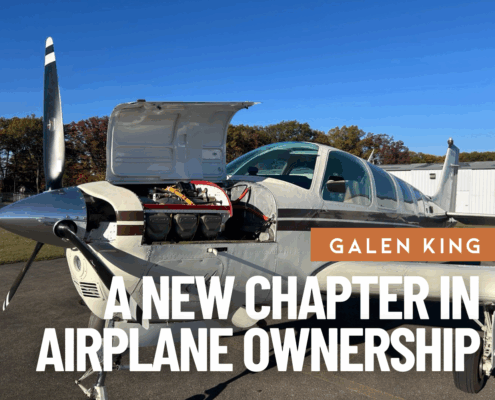
A New Chapter in Airplane Ownership
I was thereAfter selling his trusty Piper Warrior, Galen King set out to find his next airplane—a capable IFR traveler with some speed and comfort. His search led him from Mooneys to Bonanzas, and eventually to Kansas, where an A36 and its former Beechcraft engineer-owner made a lasting impression. The story of one pilot’s hunt for the perfect airplane—and the satisfying flight home.

Old Piet and Mr Piper
I was thereFor many years, Piet’s company—Placo (the Pretoria Light Aircraft Company)—was the best-selling Piper dealership outside the USA. Old Piet and William T. Piper would remain firm friends for the next 25 years, until Piper’s death in 1970. But Piet still faced a problem: 300 airplanes in America, and no money to get them to South Africa.
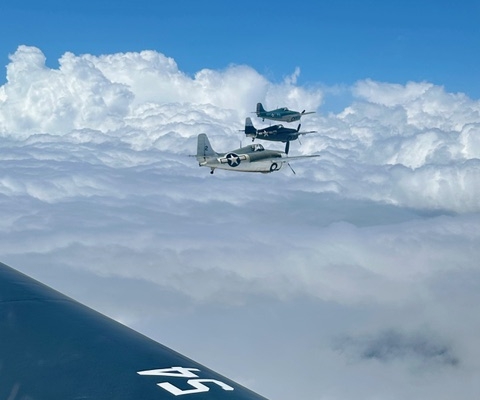
Friday Photo: Timeless Wildcats on the Prowl
UncategorizedFive Wildcats from around the country had gathered up at the last fuel stop on our way to Oshkosh. We briefed the flight and arrival into AirVenture.

Yes, I Still Take Flying Lessons
OpinionI approach every flight with an instructor with a plan of my own. I don’t just show up because the calendar says it’s time. I bring specific goals, real-world questions, and skills I want to sharpen. My annual IPC isn’t about checking FAA boxes; it’s about tackling challenges I’ve faced over the year and flying approaches that have pushed me.

Guard frequency in the age of social media
John's blogYes, this is an “old man yells at cloud” article. Yes, I can already hear the jokes about the “guard police.” I don’t care. It needs to be said: Guard frequency (121.5) has become a national embarrassment, a sign that our self-absorbed social media culture has spread to the once-boring world of aviation. We need to do better.

St. John’s Patronage: An IFR Odyssey to Newfoundland
My AdventureAn epic journey from a nation’s capital to its subarctic fens leading to the farthest reaches of landfall in eastern North America with only the company of towering mammoths lurking in the horizon’s shadow.

Alaska to Chicago on Straight Floats
My Adventurewas living in Anchorage, Alaska, deep into my professional career as an engineer, had a C172XP on floats, and was enjoying life. My professional responsibilities required attendance at a meeting in Chicago that summer. I decided to travel there in the XP and make it a flying vacation. My friend agreed to come along.

Generally Affordable? The Truth About Flying Costs
OpinionThe economics of flying is not for the faint of heart. In fact, the average cost of just getting your “license to learn” is now hovering around the $20,000 mark. And if that number doesn’t faze you, then let me sprinkle in some rampant inflation, a tight insurance market, and just the high opportunity cost of staying current—let alone proficient—into the mix.
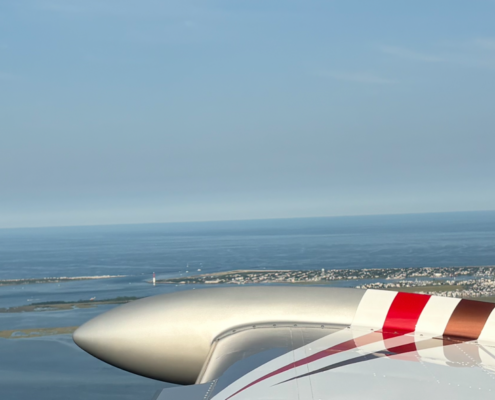
Friday Photo: Barnegat Light and Lighthouse
Friday PhotoAn evening slow flight over Ocean County barrier island in New Jersey at 1,200 feet. Excellent weather, no winds, and CAVU environment with the Barnegat Inlet and summer boaters below in the Barnegat Bay.

When Special VFR Is the Right Call
I was thereAt 5:30 a.m., I awoke to light rain—the forecast had arrived sooner than expected. By midday the rain had tapered, but the ceiling stubbornly remained at 900 feet. Visibility was excellent, around 10 miles. A check of nearby METARs showed clear skies just a few miles north, with ceilings above 5,000 feet and improving. I realized this was a classic SVFR moment. I didn’t want to file IFR. Conditions were VFR just outside the Class D surface area; the only obstacle was the low ceiling at KJQF.

Spatial Disorientation: I Thought It Couldn’t Happen to Me
I Can't Believe I Did ThatI began climbing to get between layers, intending to stabilize and then request IFR. But as I entered the clouds, what I thought could never happen did. I was in an unusual attitude: 45 degrees banked and nose down. For a moment, I considered pulling the CAPS parachute. I had often wondered if I’d have the presence of mind to use it in a real emergency. After this, I know the answer is yes. But I also realized I could recover.
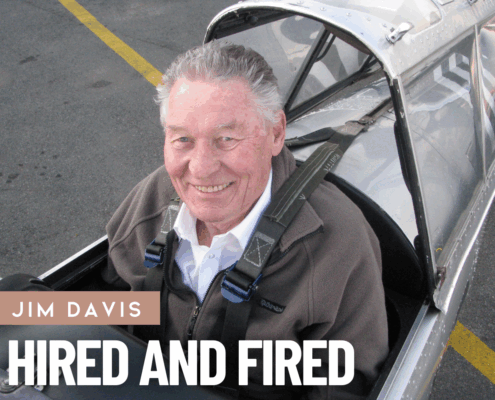
Hired and Fired
I was thereMy duties at Placo included making tea, polishing aircraft, vacuuming interiors, and blacking tires. Zingi mentioned I’d occasionally fly with the big boss, who feared a heart attack and wanted another pilot aboard in case he collapsed. I knew my meager skills would do little to delay our demise should Old Piet falter at the controls.

“Thirty Charlie”
I was thereEddie was in his 60s when I met him, sitting in his hangar office. I introduced myself, but he never used my name. To him, I was “Ace,” like all his students. Eddie was incredibly personable and sold me on flying with him from that first meeting. He flew a Piper Cherokee 180, N7630C, and his rate—aircraft, fuel, and instruction—was $40 an hour. I booked my first flight.
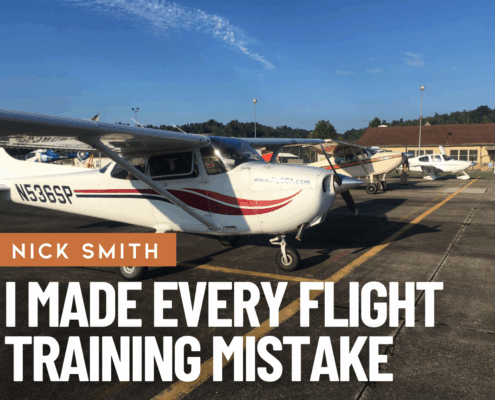
I Made Every Flight Training Mistake Humanly Possible
I Can't Believe I Did ThatFlight training is rarely a straight line, but for Nick Smith it turned into a winding, four–year journey full of delays, false starts, and unexpected costs. In this brutally honest account, he shares the mistakes he made—so future pilots don’t have to repeat them. His story is both a cautionary tale and a reminder that perseverance can still lead to the certificate.
